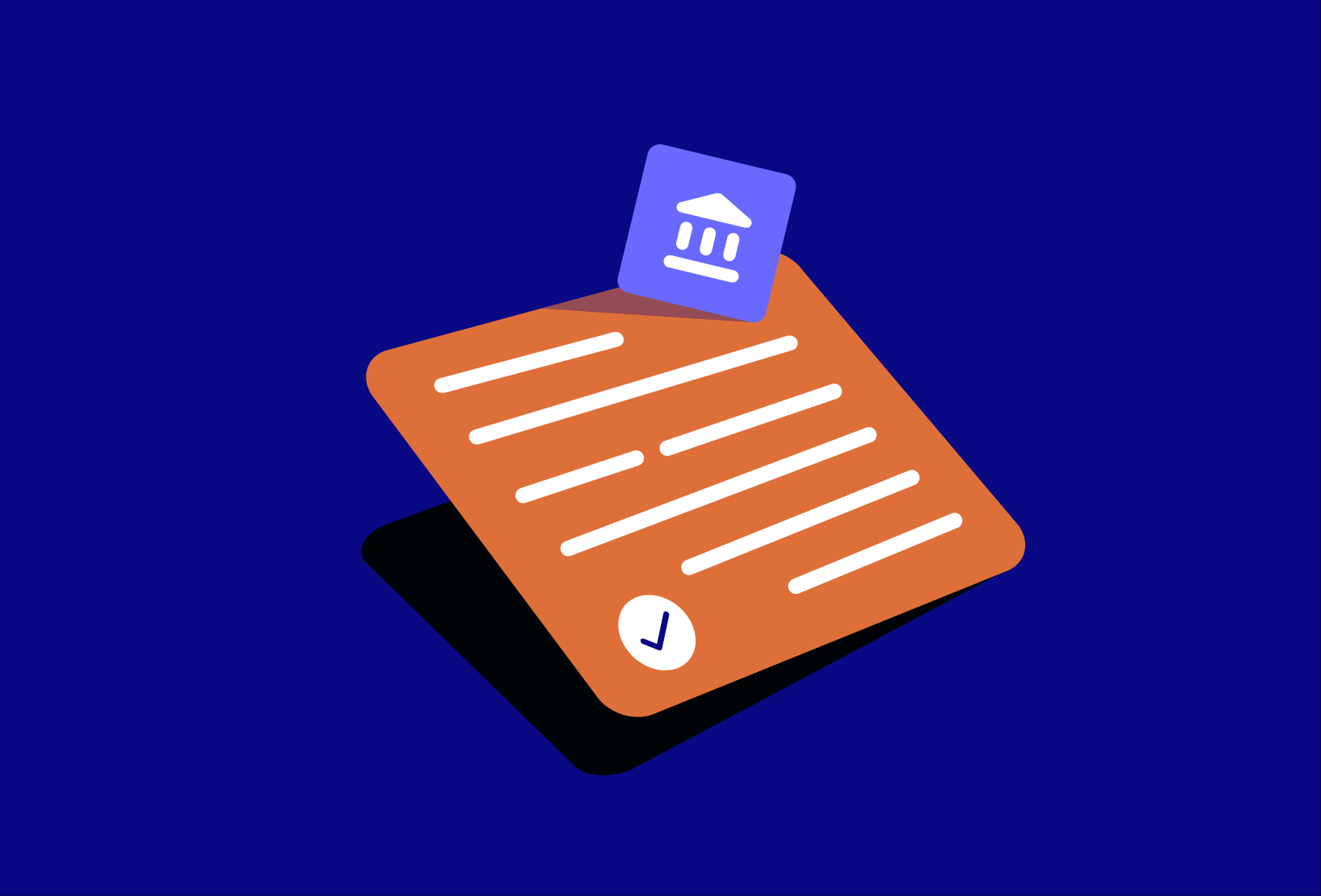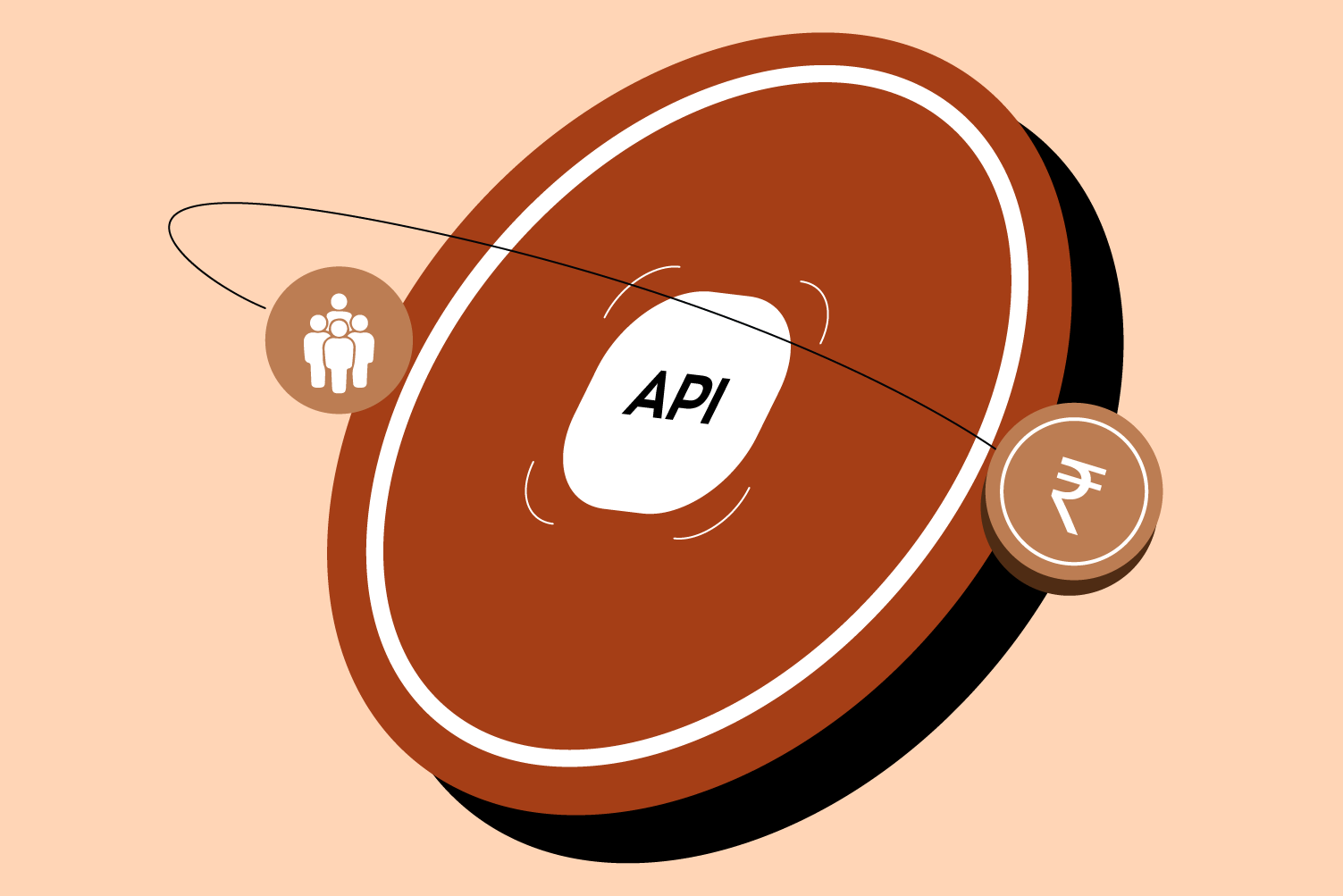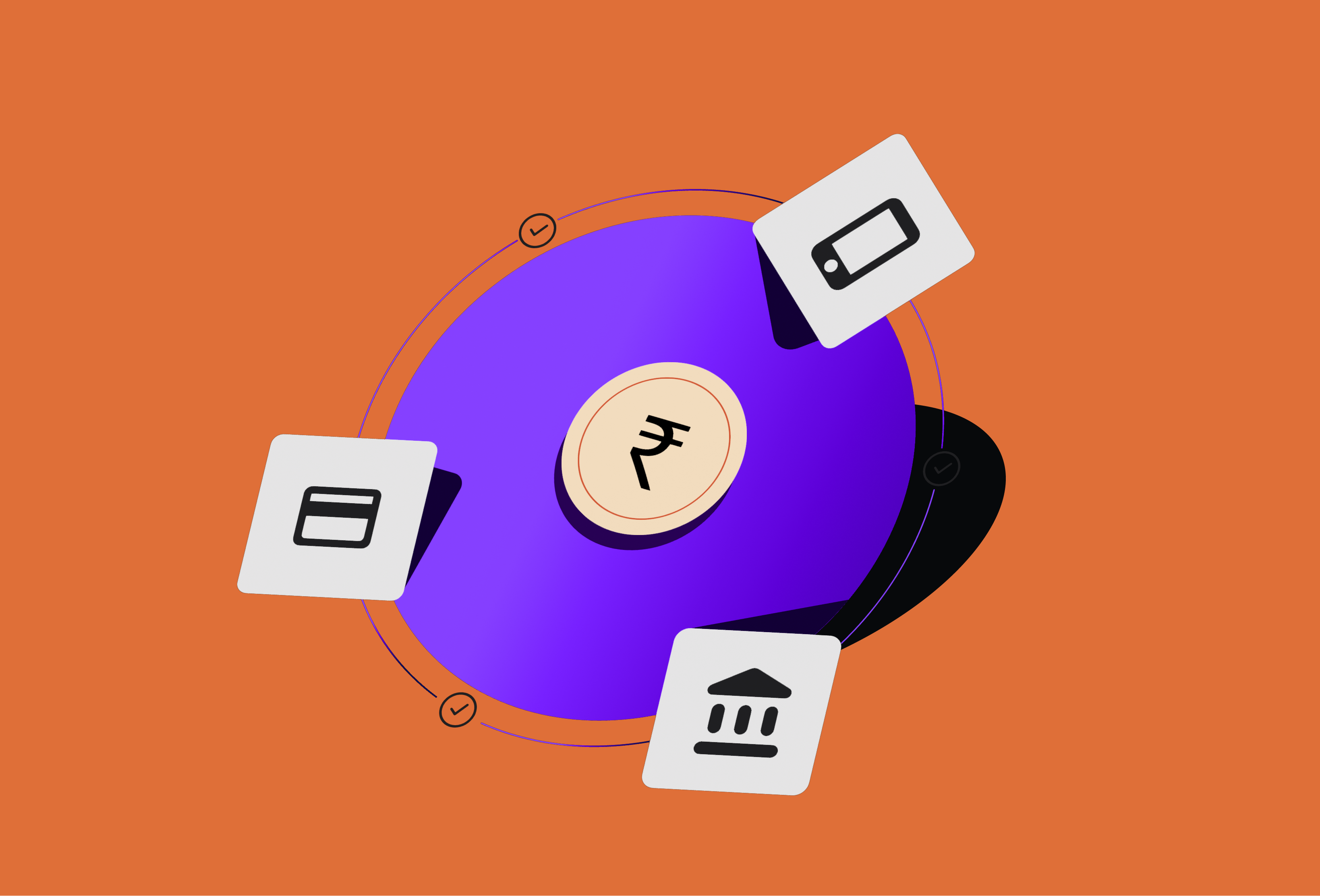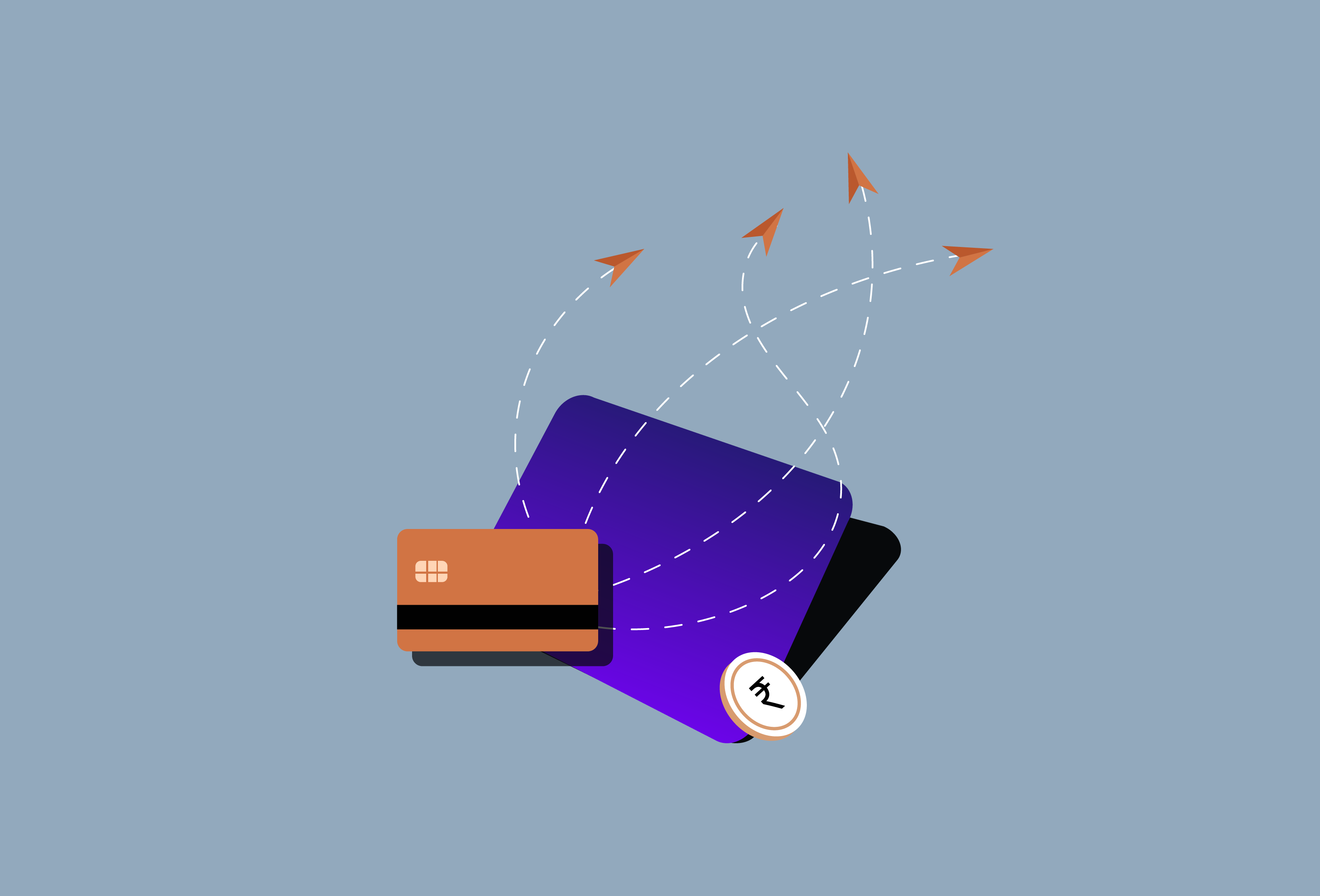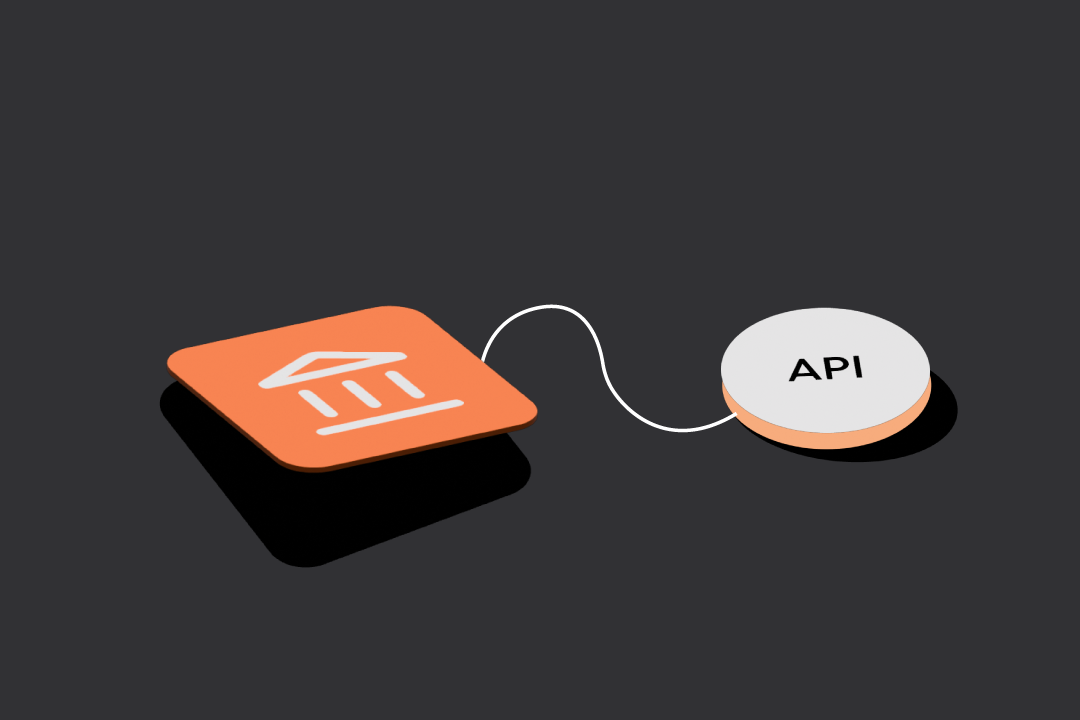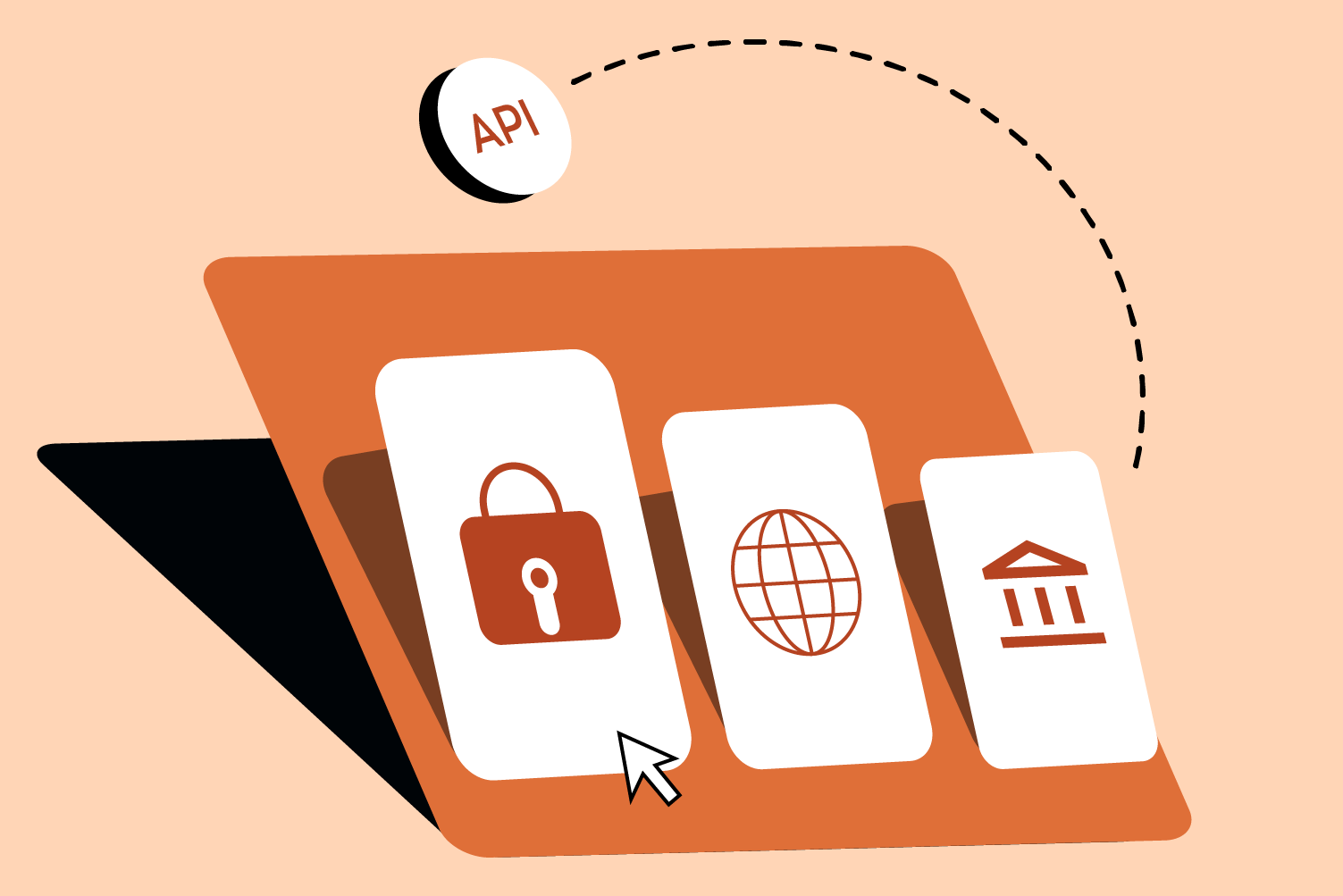Digital banking today is about more than just checking balances or transferring money online. Behind every seamless transaction, there’s powerful tech at work—connecting systems, apps, and financial institutions. Two terms that often come up in this space are API banking and Open banking. While they sound similar, they serve different purposes.
This blog breaks down what each term means, how they’re connected, where they differ, and why it matters for businesses, developers, and everyday users.
What Is API Banking?
API banking refers to the use of Application Programming Interfaces (APIs) to allow secure communication between a bank’s systems and other platforms—such as fintech apps, ERP tools, or lending software.
Think of APIs as secure digital bridges that let one software system “talk” to another. In banking, APIs enable third-party platforms to access banking functions like checking account balances, initiating payments, or verifying account details—without having to log in to a bank portal.
Common uses of API banking:
- Accessing account information in real time.
- Initiating payments programmatically.
- Automating reconciliation and other back-office tasks.
- Integrating banking services into non-banking platforms.
Banks typically offer these APIs through partner programs or developer portals. Some APIs are publicly documented, while others are private and available only to select partners.
What Is Open Banking?
Open banking is a regulated approach to data sharing in the financial sector. It allows licensed third parties to access a customer’s financial data—but only with the customer’s explicit consent. The aim is to give users more control over their data and make financial services more personalised and competitive.
Open banking typically uses standardised APIs to enable secure, interoperable data sharing across banks, lenders, insurers, and financial apps.
In many countries, open banking is backed by legal or regulatory frameworks. In India, for example, it is enabled through the Account Aggregator (AA) framework, a government-backed initiative regulated by RBI and other financial bodies like SEBI, IRDAI, and PFRDA.
Open banking helps users to:
- View multiple bank accounts in a single app
- Share transaction data with lenders for quicker loan approvals
- Access personalised financial tools and recommendations
- Control what data is shared, and with whom
The key difference? In open banking, the user is in control, not the bank.
Key Differences: API Banking vs Open Banking
Here’s a quick comparison of how they differ:
| Feature | API banking | Open banking |
| Control | Bank-led | User-led (with consent) |
| Regulation | Often governed by internal bank policies | Guided by regulatory frameworks (e.g., Account Aggregators) |
| Scope | Varies by bank and use case | Follows standardised, regulated formats |
| Purpose | Enable service integration and automation | Enable data sharing for better financial services |
| Users | Banks, fintechs, businesses | Consumers, businesses, fintechs |
One key thing to remember:
API banking includes a wider range of use cases beyond just open banking.
Where They Overlap
Both models rely on APIs to connect systems and services. Whether it’s a payroll platform making direct bank payouts (API banking), or a budgeting app pulling your transaction history (open banking), the underlying tech is similar.
However, open banking is about data ownership and consent, while API banking focuses on system connectivity and efficiency.
Why This Matters
These models are reshaping how financial services are delivered—and who gets to build them.
For businesses:
API banking enables automation—like reconciling accounts, making bulk payments, or viewing balances across accounts—without switching between portals.
For fintechs and developers:
APIs are the backbone of many financial apps. With API banking, developers can integrate with banks to create tools like lending platforms or spend management apps. Open banking adds another layer by letting apps access user data securely—if they’re compliant with the right frameworks.
For consumers:
Open banking lets people use their data across different apps and services. Want a better loan offer? Share your financial history securely. Need a complete view of your finances? Aggregate accounts from multiple banks—all with your permission.
For banks and financial institutions:
These models are not just trends—they’re part of a shift toward a more open, collaborative, and digital financial system. Embracing API banking and open banking helps banks stay relevant in a tech-driven landscape.
Conclusion
API banking is about enabling secure, real-time connectivity between banks and external systems.
Open banking is about giving users control over their financial data under a clear regulatory framework.
They serve different purposes but rely on similar technology. Together, they’re driving innovation, improving financial inclusion, and shaping the future of digital banking.
Whether you’re running a business, building fintech products, or simply using a budgeting app, you’re already part of this evolving ecosystem.



